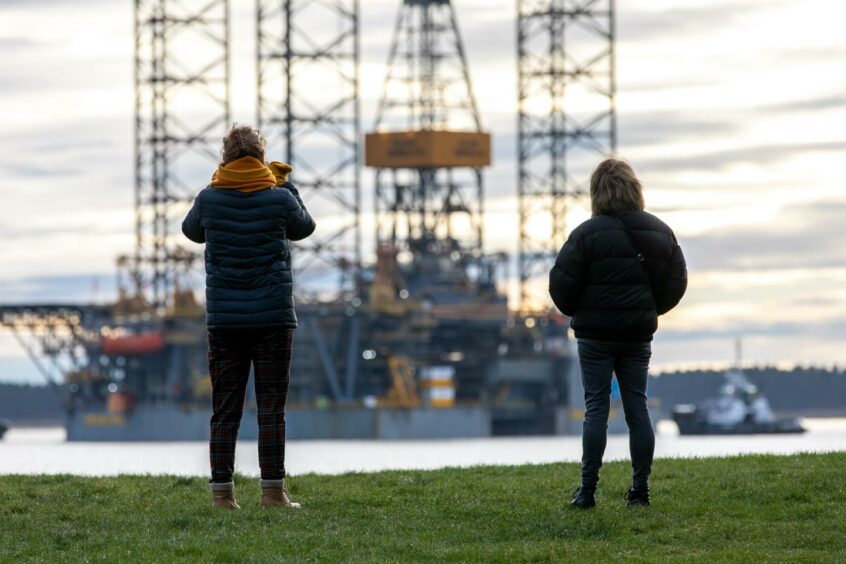
2022 has been a year punctuated with historically high commodity pricing (particularly soaring gas prices in the European market), the weaponisation of the sector as a result of the murky geopolitical undertakings of President Putin, and the ensuing cost of living crisis perpetuated by rising energy costs.
The oil and gas sector and the energy industry as a whole must reflect on events of the past 12-months: what does it tell us about the future of the sector? And, more generally, how can the energy markets continue to react to higher price volatility and ongoing structural changes in the capital markets?
It’s been an oft and mis-used fallacy that the current energy crisis has been caused by the Russian invasion of Ukraine. This is perpetuated for convenience by politicians, and the lazier elements of the mainstream media who have generally been good at parroting the script. In either case it muddles up correlation with causation and this has been a good example of failing to understand the root cause of an issue.
Speak to any energy professional over the last five years and they would have outlined the structural deficiencies in funding, led by poorly conceived policy and regulatory decisions. The great lie sold to the European public over the last decade as the energy mix has been “transitioned” to renewable forms of energy is that all of this was done based on the assumption of continuing access to cheap gas from the East.
In doing so, we (the public, the industry, institutional investors) abdicated our responsibility to have a sensible and grown-up discussion about energy policy.
Those in the know have been able to articulate that the energy crisis of 2022 – and possibly beyond – is the culmination of a decade of underinvestment in the sector. Peak investment in the upstream sector was over ten years ago now. 2011-12 marked the highpoint in capital investment before a mass exodus of investment in new projects, deferring FIDs and leading to the slow erosion of reserve replacement and production capacity.
Around five years ago, we started to witness structural breakdown in banking between the lending desk and the advisory function of investment banking. Historically, a symbiotic relationship between the two arms of banks became defunct when the larger banks stopped lending to new projects and/or clients.
These restrictions and the removal of large-scale debt capital from the industry were the true cause of the energy crisis.
And with that the wheels of contagion were set in motion. The capital flight from the industry has been staggering and destructive. Equity capital markets have become more and more challenged, and private equity, particularly the mid-market, has disappeared.
Despite the bounce back of oil and gas prices, publicly listed entities are still trading at historically low multiples, while some businesses are trading with market caps that will be less than their cash pile by the end of 2023.
The oil and gas sector is going to be at the structural centre of the global energy mix for a long time to come. The news of its terminal decline is both premature and frankly irresponsible. But the challenges are perhaps more acute than ever.
We, industry professionals, find ourselves at the “sharp end of the pointy stick” when it comes to better articulating sensible, just and effective energy policy. Capital needs to be secured to invest, to grow reserves and deliver production; the US Energy Information Administration (EIA) estimates that global energy demand will triple by 2050, as the global population looks set to hit around 10 billion by the same date.
2022 has shown us one thing… the sooner we have a grown-up conversation about energy policy the better chance we have of averting disaster.
Recommended for you
